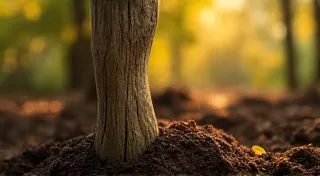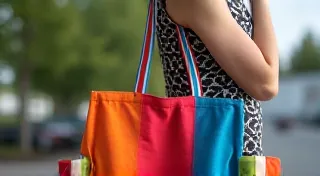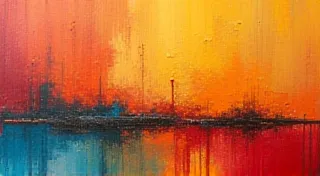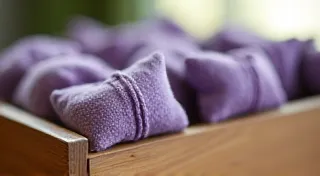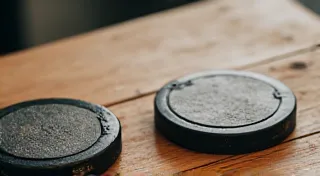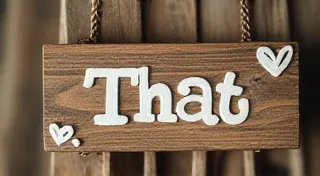The Cartographer’s Palette: Mapping Memory Through Found Object Assemblage
Our homes. We build them, we furnish them, we inhabit them. But are they merely shelters, or are they something more? I believe they are landscapes – not of rolling hills and verdant valleys, but landscapes of memory, personal narrative, and the quiet accumulation of a life lived. Think of the worn grooves in a favorite armchair, the fading scent of your grandmother's lavender sachets, the chip in a teacup that marks a shared laugh. These aren't just details; they are cartographical markers, points of reference on the map of your personal history.
The art of assemblage – and specifically, found object assemblage – offers a powerful way to translate these memories into tangible, beautiful home decor. It's more than just collage; it's a three-dimensional storytelling process, a way to build a living autobiography within your walls. Imagine a piece of art, not flat and confined to a frame, but extending into the space, a tactile record of your journey.
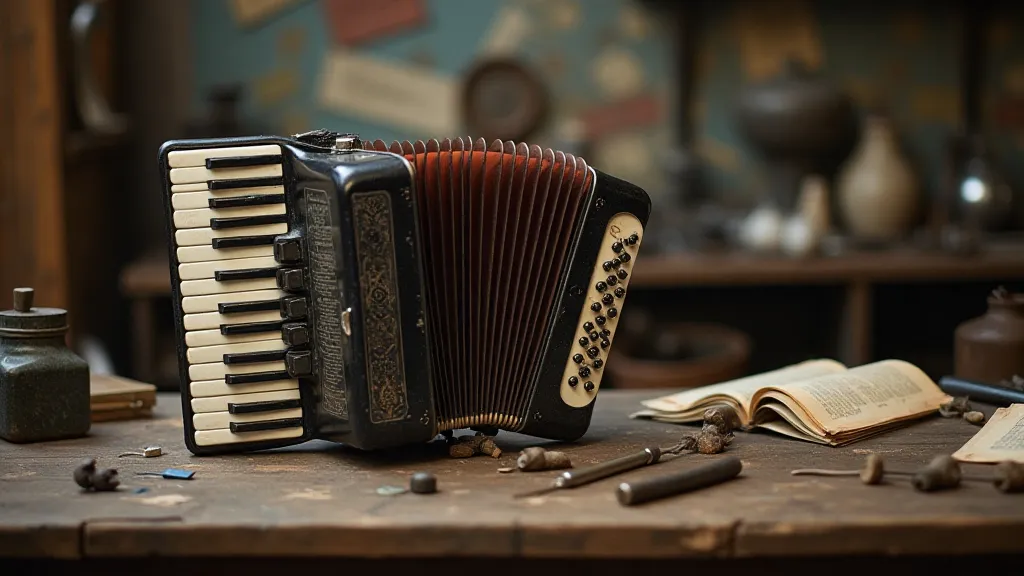
The Allure of the Lost & Found
The ‘found’ object holds a particular magic. It carries within it the echo of its previous life, a whisper of its origin. A tarnished button from a long-forgotten coat, a ticket stub from a concert that resonated deeply, a dried flower pressed between the pages of a well-loved book – these aren't just trinkets; they are fragments of stories waiting to be reassembled.
Consider the antique accordion. Its bellows, once brimming with life and music, now silent. Its keys, once dancing under the nimble fingers of a musician, now dulled. There's a melancholy beauty in its decay, a sense of history etched into its form. I once stumbled across an accordion at a flea market, its leather cracked and its reeds broken. Something about its silent dignity resonated deeply within me. It felt like a vessel holding untold stories, a testament to a life filled with melodies and laughter. The process of researching its potential history, learning about the mechanics of its construction, felt like uncovering a hidden treasure.
Collecting these forgotten treasures isn's about filling a shelf with objects; it’s about curating a conversation. Each item chosen should evoke a feeling, spark a memory, or connect to a significant moment in your life. It’s about asking yourself, “What story does this object want to tell?”
Building Your Personal Cartography
So, how do you translate this philosophy into practice? Let's start with a simple example: a shadow box. Instead of filling it with generic souvenirs, curate it with items that speak to a specific period in your life – a collection of postcards from a backpacking trip, pressed wildflowers from a special hike, a handwritten letter from a dear friend. Arrange them not arbitrarily, but with intention, allowing the objects to interact and tell a coherent narrative. Think of it as arranging constellations, connecting seemingly disparate elements to form a meaningful pattern.
The same principle can be applied to larger-scale projects. Perhaps you want to create a wall-mounted sculpture using driftwood, vintage maps, and rusted metal fragments. Imagine the maps, torn and layered, depicting places you’ve visited or dreamt of visiting. The driftwood, weathered and shaped by the sea, representing the journey itself. The rusted metal, symbolizing the inevitable passage of time and the beauty of decay. The individual components aren't just decorative elements; they are components of a larger story.
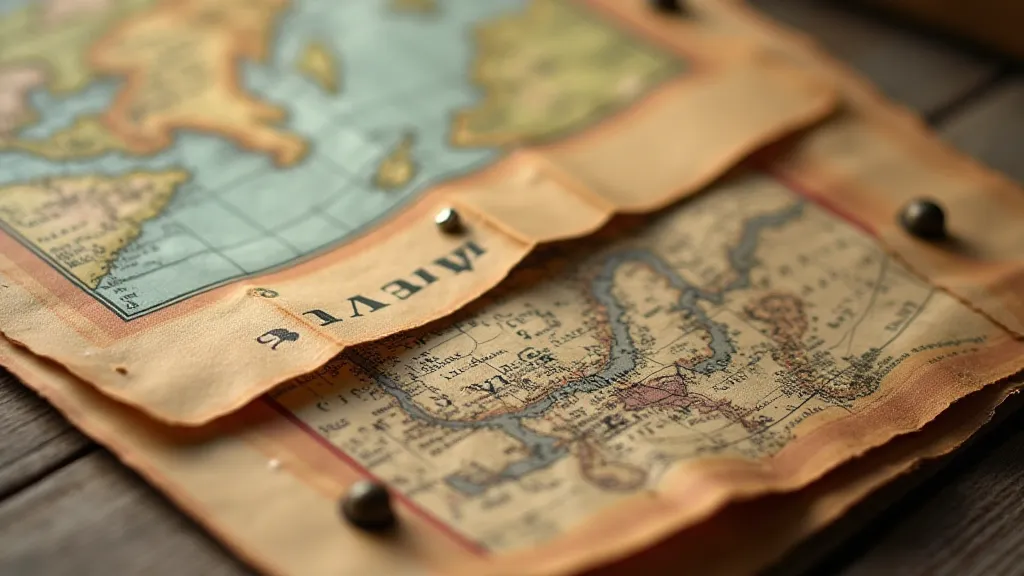
Craftsmanship and Restoration: Honoring the Past
The beauty of found object assemblage isn’t solely in the final product; it’s also in the process. Often, the objects you collect will require some level of restoration or repair. A bit of cleaning, a touch of glue, a simple repaint – these small acts of preservation not only enhance the appearance of the objects but also connect you to their history.
Consider the accordion I mentioned earlier. While I didn't fully restore it to playing condition (the cost and expertise required were beyond my capabilities), I meticulously cleaned its leather bellows, polished its brass keys, and stabilized its wooden frame. This simple act of care felt like a form of tribute, a way of honoring the craftsmanship of the original maker and the stories held within the instrument.
Learning basic repair techniques – how to clean and preserve metal, how to mend fabric, how to stabilize wood – isn’t just practical; it’s an act of engagement with the past. It's about appreciating the skill and artistry that went into creating these objects, and contributing to their longevity.
More Than Decoration: A Living Legacy
Ultimately, found object assemblage is about more than just decorating your home; it’s about creating a living legacy. It’s about transforming your space into a tangible expression of your personal narrative, a place that resonates with meaning and evokes a sense of connection to the past.
Imagine future generations entering your home, not just seeing furniture and decor, but experiencing a collection of stories – stories of your travels, your relationships, your passions, your dreams. They will see not just objects, but fragments of a life, carefully curated and lovingly displayed. And in doing so, they will gain a deeper understanding of who you were, and what you valued.
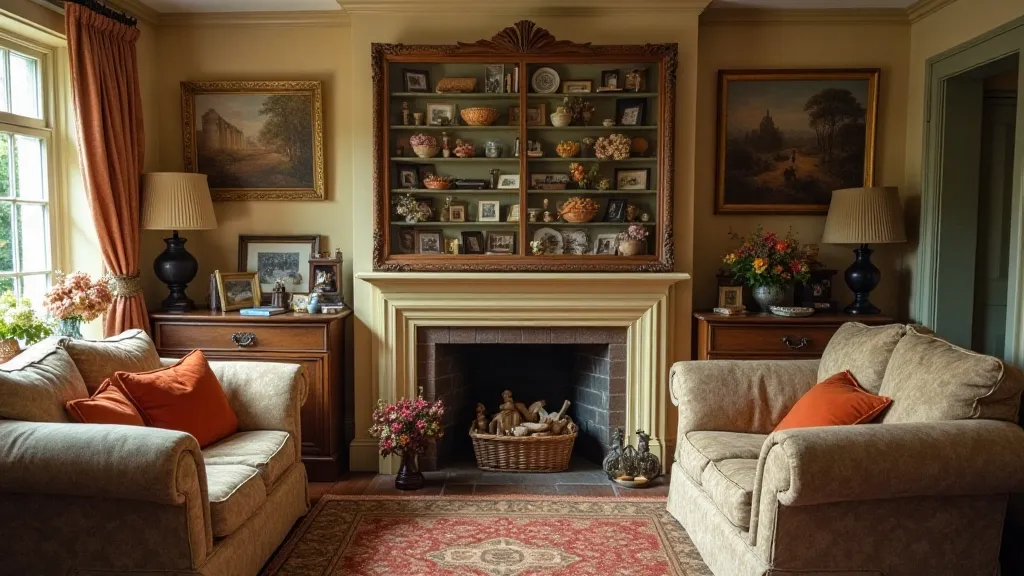
Start small, experiment freely, and embrace the unexpected. Let the objects guide you, and allow your personal narrative to unfold. Your home isn't just a building; it's a canvas, waiting for you to paint your story upon it. Embrace the art of found object assemblage, and begin mapping your memory – one treasured object at a time.
